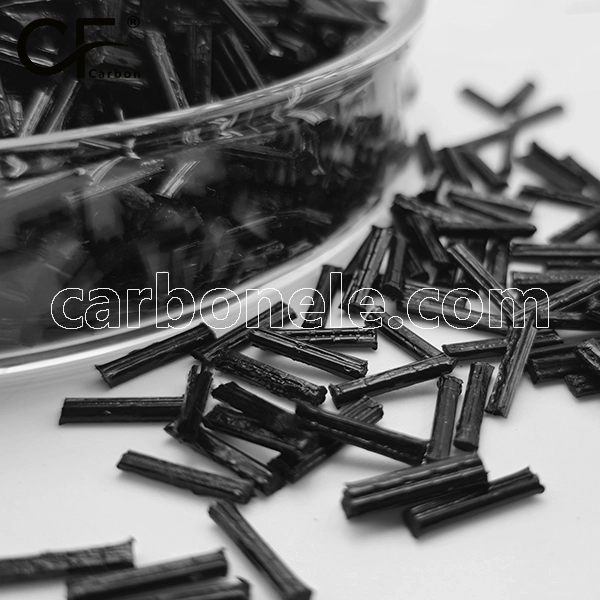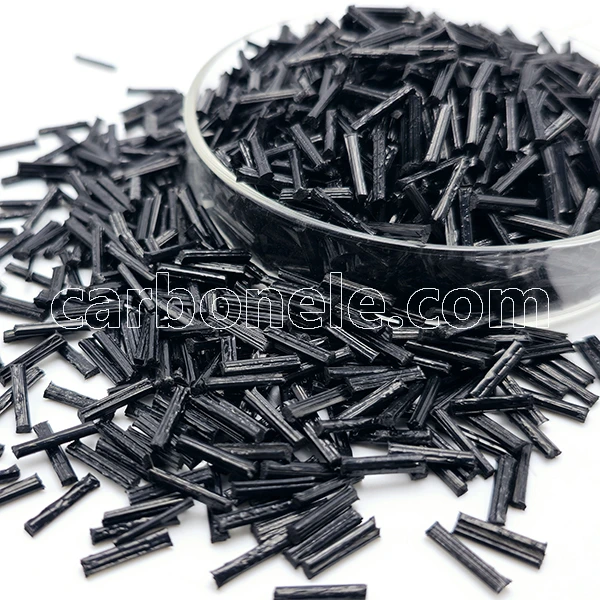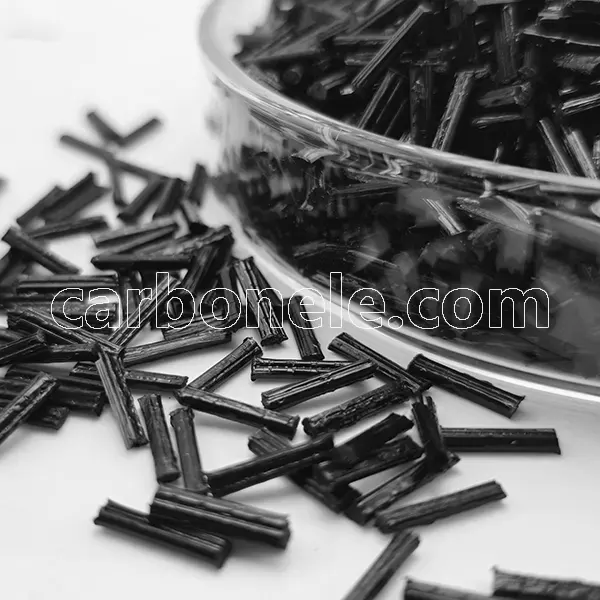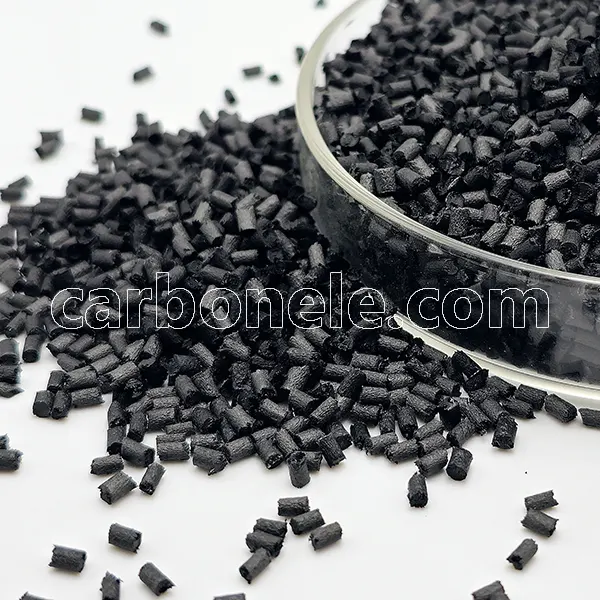Short Vs. Long Carbon Fiber In Thermoplastics: Key Differences And Applications - Carbon Fiber Compounds Manufacturer | Supplier
Carbon fiber-reinforced thermoplastics offer a compelling balance of strength, lightweight properties, and design flexibility, making them ideal for industries ranging from automotive to aerospace. However, the performance of these composites heavily depends on fiber length—specifically, whether short carbon fibers (SCF) or long carbon fibers (LCF) are used. While SCF provides cost-effective isotropic reinforcement suitable for mass production, LCF delivers superior strength and fatigue resistance, albeit with higher processing complexity.
This article explores the key differences between SCF and LCF in thermoplastics, covering mechanical properties, manufacturing methods, cost considerations, and typical applications. Understanding these distinctions is crucial for engineers and material scientists to optimize material selection for specific performance and economic requirements.
1. Fiber Length and Dispersion
-
Short Carbon Fiber (SCF)
-
Length typically ranges from 0.1 to 1 mm, with uniform dispersion and easy mixing into the resin.
-
Fibers are prone to breakage during injection molding, resulting in further reduced fiber length (often 0.2–0.4 mm) in the final product.
-
-
Long Carbon Fiber (LCF)
-
Length typically ranges from 5 to 20 mm, retaining a more continuous structure within the resin matrix.
-
Dispersion is more challenging, requiring specialized processes (e.g., prepreg molding or pultrusion) to prevent fiber agglomeration.
-
2. Mechanical Properties
-
Short Carbon Fiber (SCF)
-
Isotropic behavior: Due to random fiber distribution, mechanical properties are relatively balanced in all directions.
-
Limited strength/modulus improvement: Shorter fibers reduce stress transfer efficiency; enhancement primarily depends on fiber content (typically 10–30%).
-
Impact resistance: Better than pure resin but exhibits noticeable fiber pull-out (fibers detach easily from the matrix).
-
-
Long Carbon Fiber (LCF)
-
Anisotropic behavior: Stronger fiber alignment leads to significantly higher strength and modulus along the fiber direction (approaching 50–70% of continuous fiber performance).
-
High load-bearing capacity: Longer fibers efficiently transfer stress, offering superior tensile/flexural properties compared to SCF composites.
-
Impact resistance: Requires more energy for fiber pull-out, improving fatigue resistance.
-
3. Processing Techniques
-
Short Carbon Fiber (SCF)
-
Compatible with conventional injection molding or extrusion, suitable for complex-shaped parts.
-
Less sensitivity to processing temperature and shear forces (due to shorter initial fiber length).
-
-
Long Carbon Fiber (LCF)
-
Requires specialized processes: Prepreg compression molding, long-fiber thermoplastic (LFT) injection, or pultrusion.
-
Strict control of mold design and parameters is needed to minimize fiber breakage.
-
4. Cost and Economics
-
Short Carbon Fiber (SCF)
-
Lower material costs and simpler processing, ideal for high-volume production (e.g., automotive components, electronic housings).
-
-
Long Carbon Fiber (LCF)
-
Higher material costs (expensive prepregs) and complex processing, typically used in high-value applications (aerospace, premium sports equipment).
-
5. Typical Applications
-
Short Carbon Fiber (SCF)
-
Automotive interior parts, gears, consumer electronics casings (balances strength and cost).
-
-
Long Carbon Fiber (LCF)
-
Structural components: Drone frames, bicycle frames, automotive load-bearing parts (e.g., battery enclosures).
-
6. Additional Differences
-
Surface finish: SCF yields smoother surfaces; LCF may exhibit roughness due to exposed fibers.
-
Maximum fiber content: SCF allows higher loading (40–50%), while LCF is usually limited to 20–30% (to avoid processing difficulties).
Selection Guidelines
-
Choose SCF: For cost-sensitive applications, complex geometries, or isotropic property requirements.
-
Choose LCF: When high strength/stiffness and fatigue resistance are critical, and higher costs/processing challenges are acceptable.
For further optimization, hybrid approaches (combining SCF/LCF) or continuous fiber reinforcements (e.g., carbon fiber laminates) can be considered.
Previous News
Effect of Carbon Fiber Content on the Mechanica...Next News
What Are the Benefits of Carbon Fiber Modified ...
Feature Product
-
PA12 LCF30 for Drone Fuselages & Wings
What do you know about PA12 LCF30? PA12 ...
-
Competitive Price PA6 LCF30 Composites
What’s it? PA6 LCF30, which stands...
-
ABS CF10 Compound ABS 10%CF Thermoplastic Compo...
What’s ABS CF10? ABS CF10 refers t...









